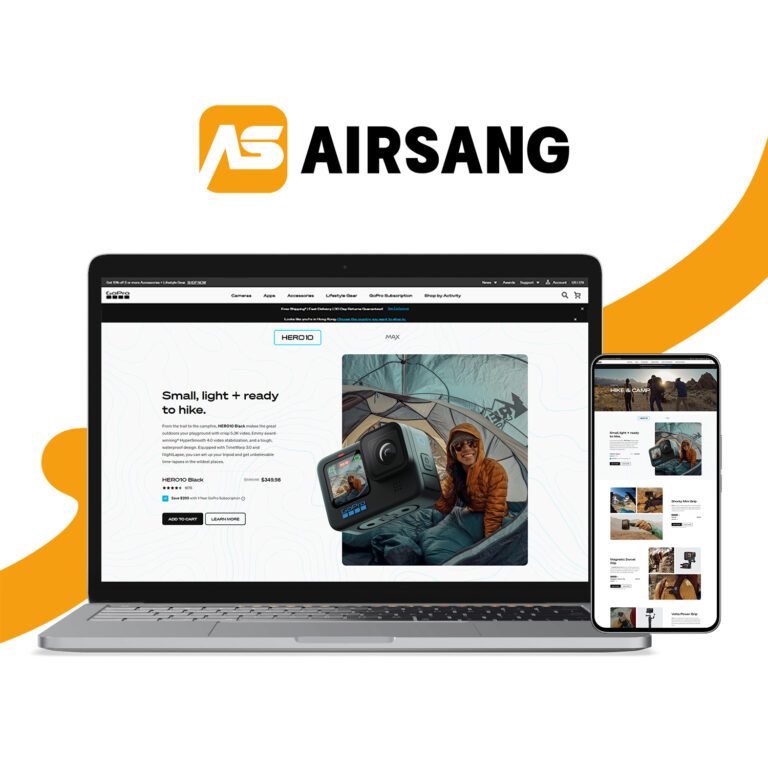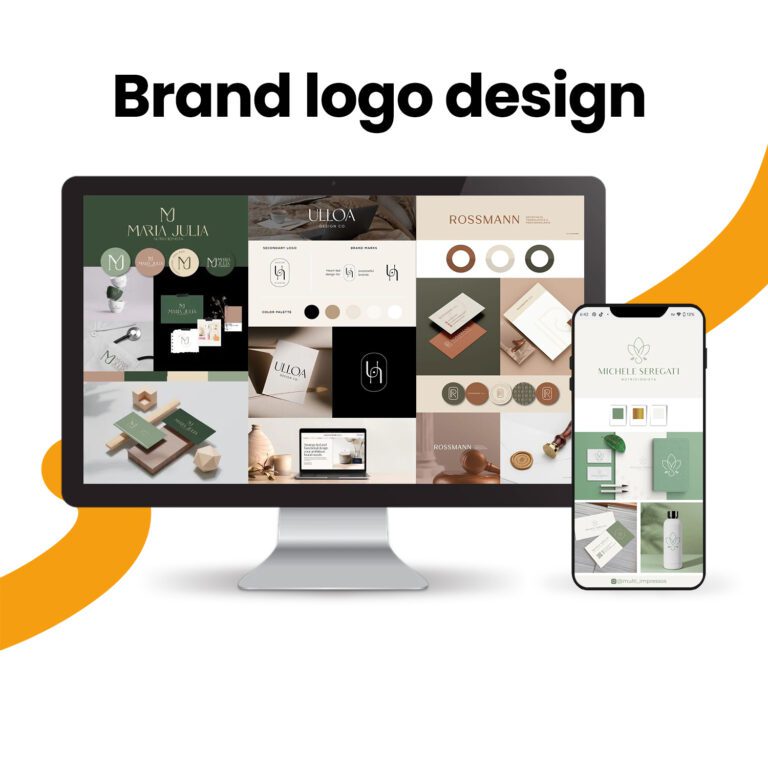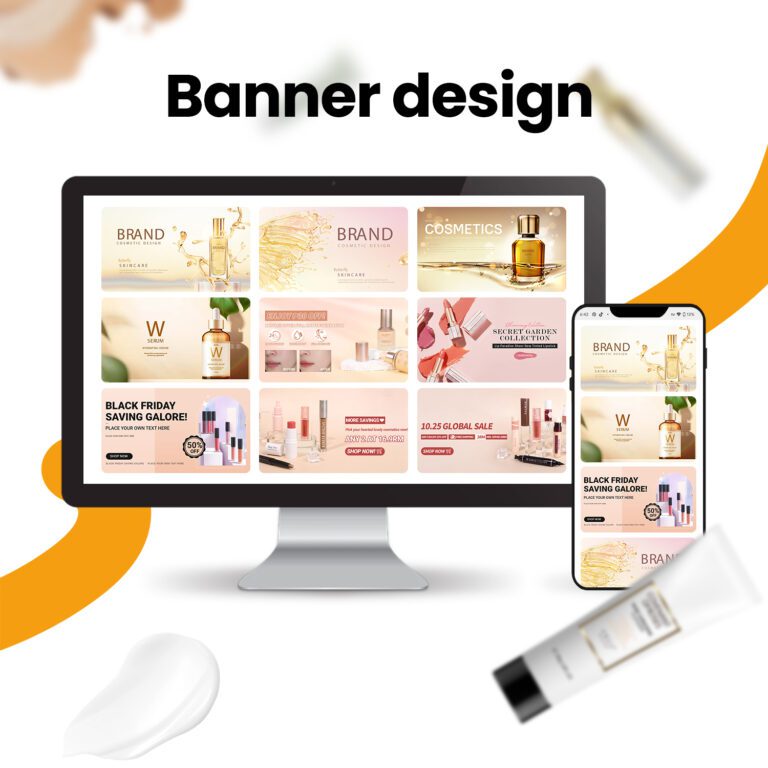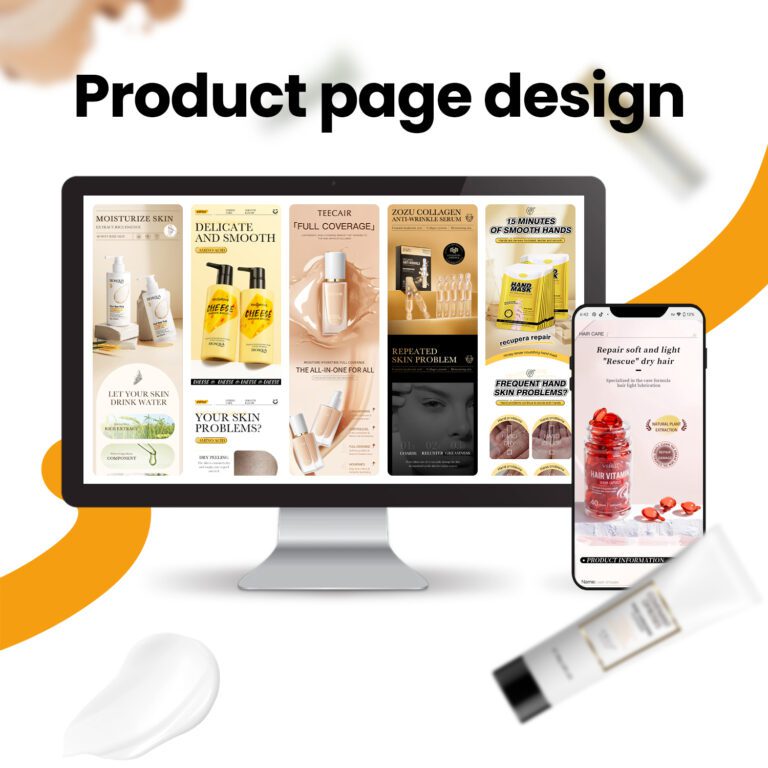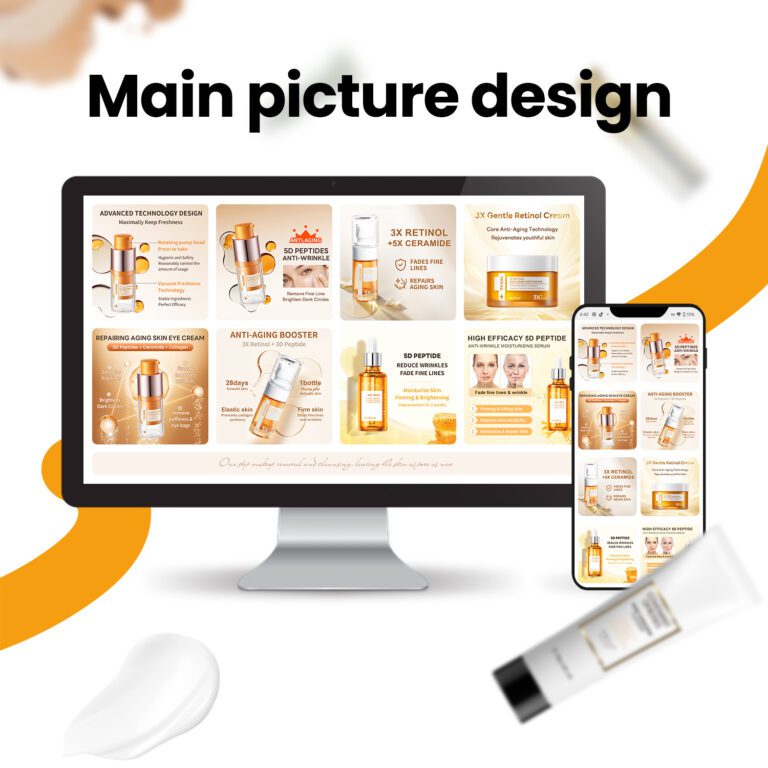Etsy vs Shopify: Which Sells Better Online

Introduction
When comparing Etsy vs Shopify, many entrepreneurs wonder which platform better fits their business goals. Each has unique strengths, but the choice often depends on branding, scalability, and design flexibility. In this article, we’ll explore the pros and cons of both platforms, highlight how website design plays a critical role, and show how professional expertise can help you succeed.
Understanding the Core Difference
Etsy: A Marketplace First

Etsy is designed as a global marketplace. Sellers join a platform where millions of buyers are already searching for handmade, vintage, and niche items. The biggest advantage is instant exposure—products are listed among similar categories, making it easy for customers to discover you.
However, Etsy is not built for complete brand control. Every shop shares the same environment, and customization options are minimal. Even if your products are unique, Etsy’s ecosystem prioritizes the marketplace over individual brand identity.
Shopify: An Independent Storefront

Shopify works differently. Instead of joining an existing marketplace, you build your own online store. You control design, branding, and how your products are presented. While Shopify requires you to generate traffic through SEO, ads, or social media, it also gives you complete ownership of the customer journey.
For businesses serious about long-term growth, Shopify provides flexibility and scalability that Etsy cannot match.
Key Comparisons: Etsy vs Shopify

1. Cost Structure
- Etsy: $0.20 listing fee per item, plus 6.5% transaction fee and payment processing charges.
- Shopify: Monthly subscription (starting at $29), with payment processing fees.
For hobby sellers or side businesses, Etsy’s pay-per-sale model makes sense. But as volume increases, Shopify’s flat monthly cost can actually save money.
2. Branding Opportunities
- Etsy: Limited store banners and logos, no full customization.
- Shopify: Full creative control—layout, color schemes, typography, product grids, and storytelling.
Here is where professional design makes all the difference. A Shopify store can be tailored to reflect a brand’s unique personality, while Etsy shops always look somewhat similar.
3. Customer Data Ownership
- Etsy: Customer data belongs to Etsy. Sellers cannot fully retarget or build independent email marketing funnels.
- Shopify: Full ownership of customer data, enabling remarketing, loyalty programs, and personalized shopping experiences.
This makes Shopify more powerful for scaling businesses who want to control long-term customer relationships.
4. Scalability and Features
- Etsy: Works well for micro-businesses but limited when expanding internationally.
- Shopify: Offers advanced features such as multi-language support, multiple currencies, third-party apps, and full SEO optimization.
Etsy vs Shopify: Which Sellers Benefit Most?
Ideal for Etsy
- Hobbyists selling part-time.
- Crafters testing product ideas.
- Sellers who value quick visibility over branding.
Ideal for Shopify
- Businesses planning to scale.
- Brands that need control over design.
- Sellers looking to integrate advanced marketing tools.
The Role of Website Design in Etsy vs Shopify
Why Design Shapes the Decision
When customers land on a store, design directly influences trust and conversion. A generic Etsy shop cannot offer the same immersive brand experience that a custom-designed Shopify store can. From the first hero image to the checkout process, design communicates professionalism and credibility.
How Shopify Enables Custom Design
With Shopify, every element is customizable:
- Homepage: Hero banners, storytelling sections, and product highlights.
- Product Pages: Lifestyle imagery, trust badges, detailed descriptions, and reviews.
- Checkout Flow: Minimal friction, optimized for conversions.
- SEO Elements: Custom URLs, meta tags, and alt-text for better rankings.
These design freedoms create a digital storefront that works as a sales engine rather than just a catalog.
Case Study Approach: Transitioning from Etsy to Shopify
Many sellers start on Etsy, but as their sales grow, they feel the limitations. Customers may recognize the products but not the brand, and transaction fees add up. Transitioning to Shopify often means:
- Migrating product listings into a fully designed store.
- Establishing brand identity with custom visuals.
- Building SEO-friendly pages to attract organic traffic.
- Creating marketing funnels with email campaigns and retargeting ads.
With professional design support, this shift not only improves aesthetics but also empowers businesses with a long-term growth platform.
SEO Impact: Etsy vs Shopify
Etsy’s SEO Limitations
Etsy’s search engine works within its marketplace. While you can optimize product titles and tags, you are competing against thousands of similar sellers. Your ability to influence external search engines like Google is minimal.
Shopify’s SEO Advantage
Shopify gives direct control over:
- Page titles and meta descriptions.
- Structured product URLs.
- Image alt-text for Google Images.
- Blog integration for keyword-rich content.
This level of SEO control allows brands to rank independently, bringing in organic traffic beyond Etsy’s internal audience.
Marketing Opportunities: Etsy vs Shopify
Etsy Marketing
Etsy offers promoted listings and ads, but campaigns are limited to the Etsy ecosystem. Sellers cannot create advanced funnels or fully track customer journeys.
Shopify Marketing
Shopify integrates with:
- Facebook and Instagram Shops.
- Google Shopping ads.
- Email marketing platforms.
- SMS and loyalty apps.
This integration empowers sellers to build multi-channel campaigns that drive traffic, improve engagement, and scale sales globally.
The AIRSANG Design Advantage
At AIRSANG, we specialize in crafting Shopify websites that combine:
- Visual Storytelling: Every design element supports brand narrative.
- Conversion Focus: Layouts, trust signals, and CTAs built for higher sales.
- Performance Optimization: Fast-loading pages with optimized media.
- Scalable Architecture: Future-ready designs that grow with your business.
For sellers transitioning from Etsy, we transform your listings into a fully branded Shopify storefront that feels professional, trustworthy, and conversion-driven.
Conclusion
Etsy vs Shopify is not simply a question of fees—it’s a question of business vision. Etsy is ideal for beginners testing the waters, while Shopify is designed for businesses ready to scale, brand themselves, and own their growth path.
If you’re serious about building a long-term online business, Shopify offers unmatched control, flexibility, and scalability. With the right website design partner, your store becomes more than a sales platform—it becomes your brand’s home.
At AIRSANG, we help businesses transition from marketplaces to fully owned Shopify websites, ensuring every design choice supports visibility, usability, and conversion success.

